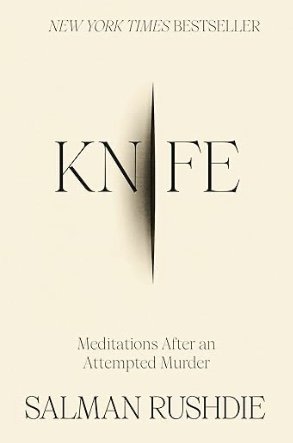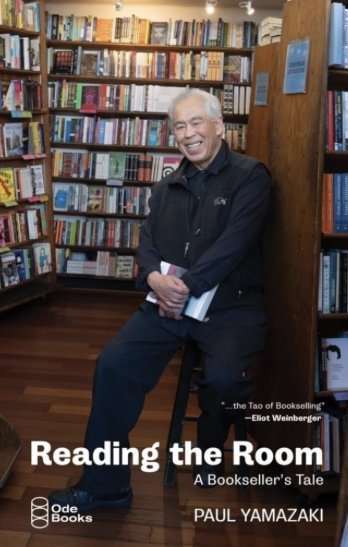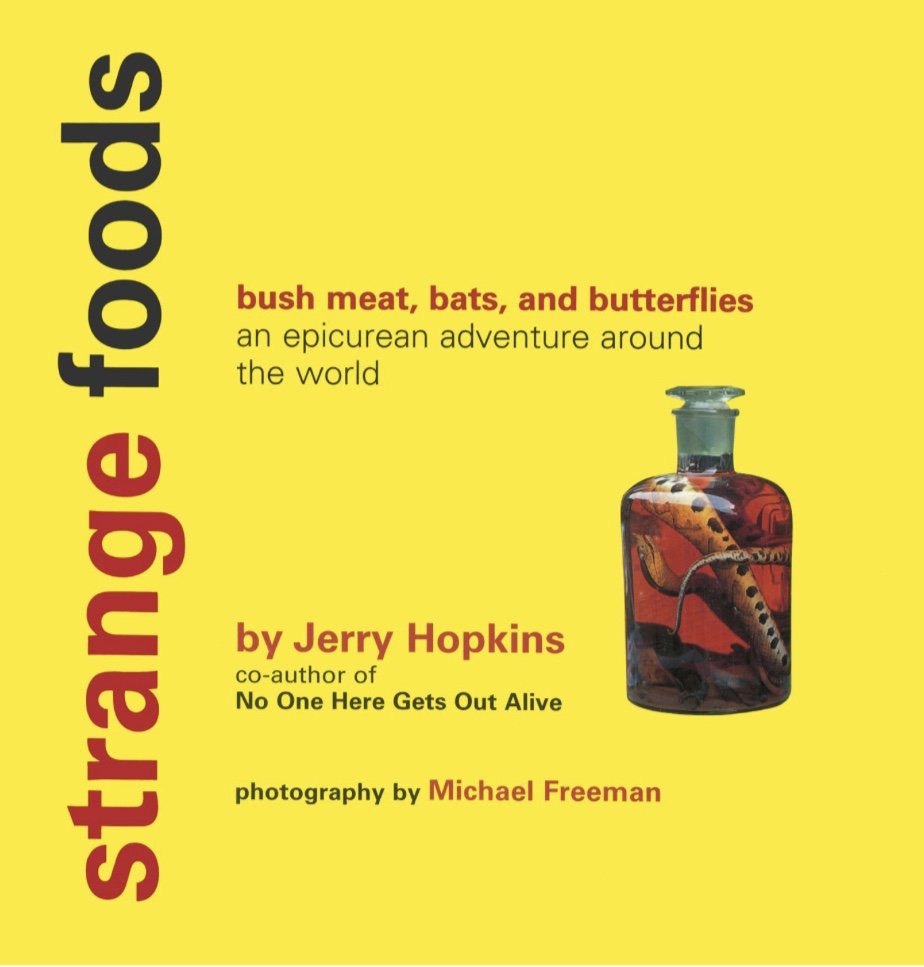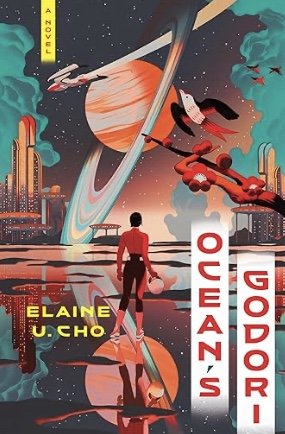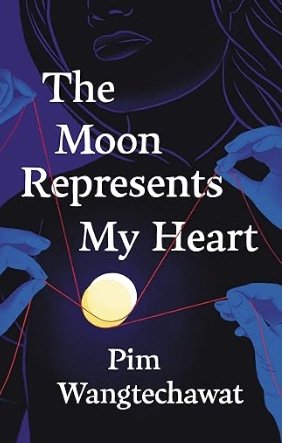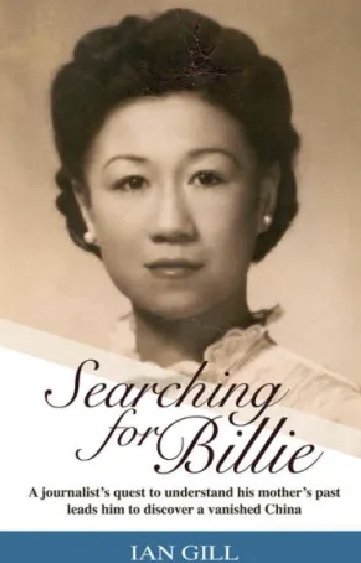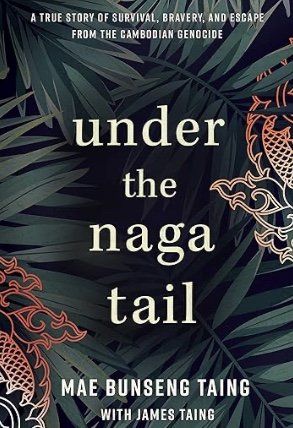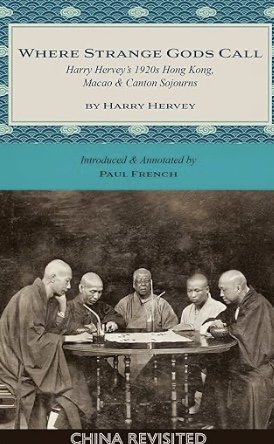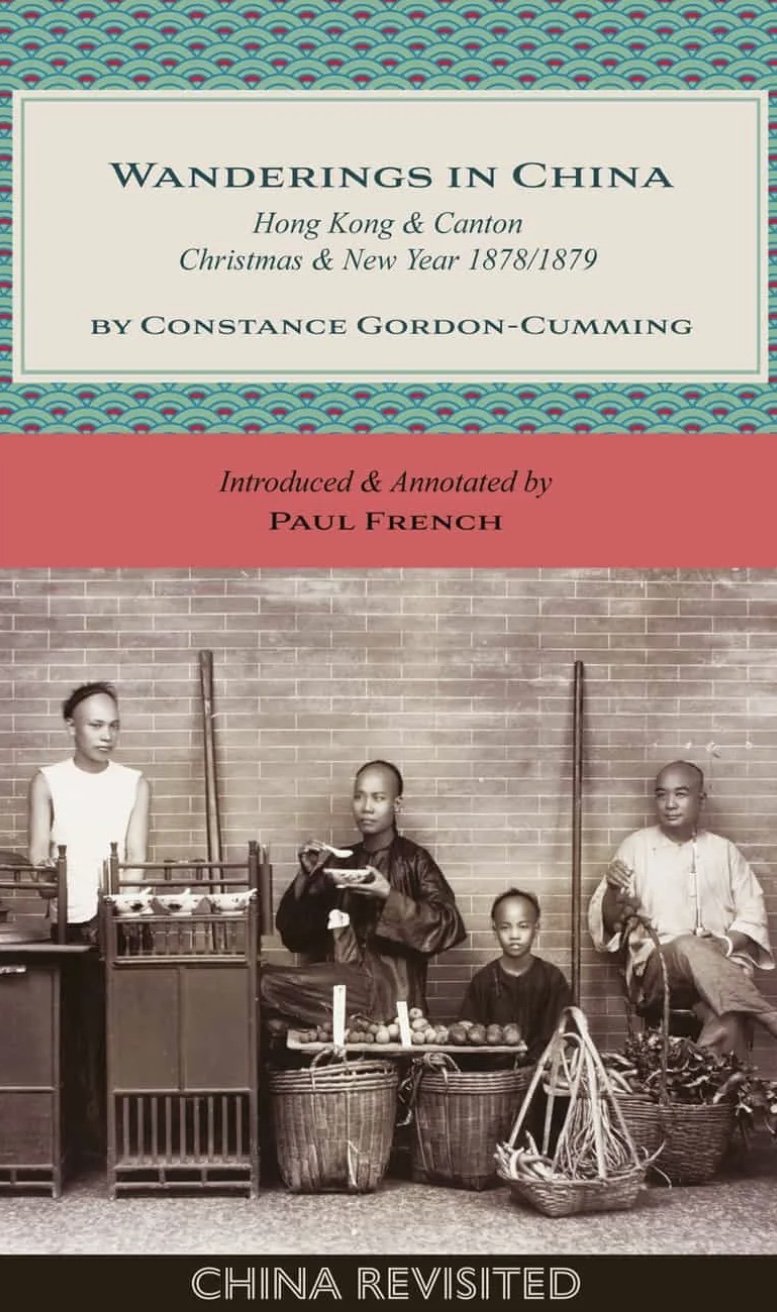The Ainu and the Bear : The Gift of the Cycle of Life by Ryo Michico, illustrated by Kobayashi Toshiya, translated by Deborah Davidson and Owaki Noriyoshi (R.I.C. Publications)
The R.I.C. Story Chest series is published by R.I.C. Publications, a press that focuses on releasing Japanese picture books in English. The Ainu and the Bear is one of those books. It introduces young people to a story by northern Japan’s indigenous people—the Ainu.
The Ainu and the Bear was originally published in the Japanese language as Iomante in 2005 by Parol-sha. The English version became available in 2010 and includes a CD which narrates the story. Also on the CD is a song titled Iomante Upopo by Umeko Ando, an Ainu of the Tokashi region in Hokkaido.
The original title of the book, Iomante, is the name of the “sending” ceremony performed by the Ainu. The sub-title [The Gift of the Cycle of Life] will give the reader an idea of what the story is about. The Ainu believe that “every grain of millet, and every piece of meat and fish, contains the life of another”. As narrated in the story, “We feed on the life of others. We are a part of a cycle of fleshly and spiritual life. We all partake in the blessing of the cycle of life. We all partake in the blessing of the cycle of life”.
The Ainu believe that the animals they kill and eat are all provided by the Kimun kamuy, mountain gods who take the form of bears when in the human world. They believe that kamuy are gods who live in both the human and non-human things in the human world but their true home is the land of the gods. This story is told from two perspectives, a newborn bear and an Ainu boy. The climax of the story is the Iomante.
The Iomante or “bear sending” ceremony is an Ainu tradition in which a bear cub is raised by the village and then killed in a ceremony “to relieve it of its flesh so that it may return to the land of the kamuy”.
The story opens with the killing of a mother bear and how a newborn bear smells humans for the first time. We then listen to an Ainu boy talking about his father going on a hunt. When the boy’s father returns, he says to his son, “Look what Kimun kamuy has given us” and shows the boy a small bear cub. The boy is a little scared as it’s his first time smelling the scent of a bear. The father tells his son, “But as tiny as she is, she’s still a true Kimun kamuy. She’s an honored guiest who comes to us from the land of the gods”.
The village celebrates by eating ohaw, a type of stew filled with meat and vegetables. The boy and the people of his village raise the bear cub as if it is a child of their own. The bear grows and becomes quite strong. It can no longer stay in the house and must be raised in a cage.
The bear becomes increasingly wild and makes the boy scared to get close to her. The father tells him, “She’s starting to get homesick for the land of the kamuy, that’s all”. The boy still doesn’t understand until his father says, “Where her mother is.” The boy realizes the bear is lonely for her mother which is why she is howling.
The father then reminds the son of when he first brought the bear cub home and how the village feasted on ohaw. The boy thinks back to the huge chunk of meat, the beautiful bear fur. Only now does the boy understand that the meat of the ohaw was the meat of the mother bear. Then the father tells his son that they must send the grown bear back to the land of the kamuy.
The story is a fascinating look into the rituals and traditions of the Ainu people. The Japanese government abolished the Iomante in 1955. However, the law was rescinded in 2007, “because the Ministry of Environment of Japan announced that animal ceremonies were generally regarded as an exception to the animal rights of Japan in October 2006”. I’m sure the decision was a blow to animal rights activists, but in my opinion, I don’t see the difference between raising a bear cub for food as being any different from raising cattle for beef or raising pigs for pork.
The moral of the story is about having respect for the animals whose lives are taken, so that we can eat and be nourished by them. It is my belief that governments should respect indigenous people as the indigenous people respect animals and life. ~Ernie Hoyt


